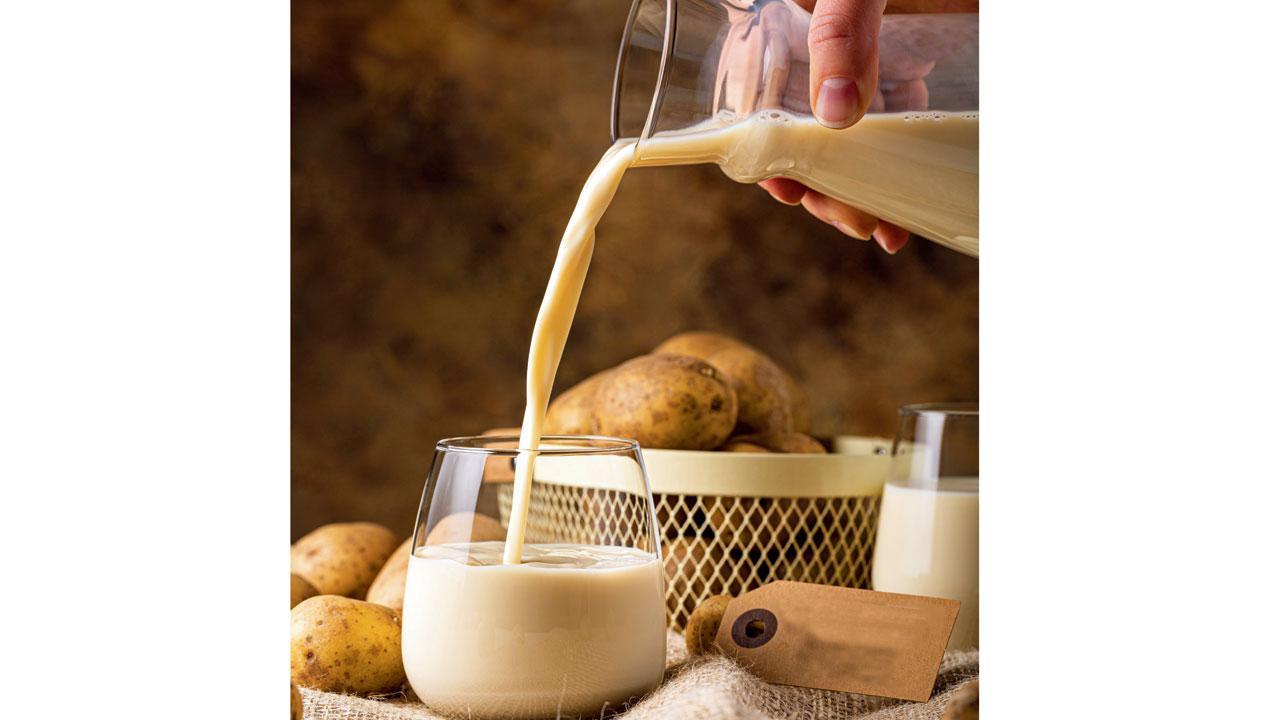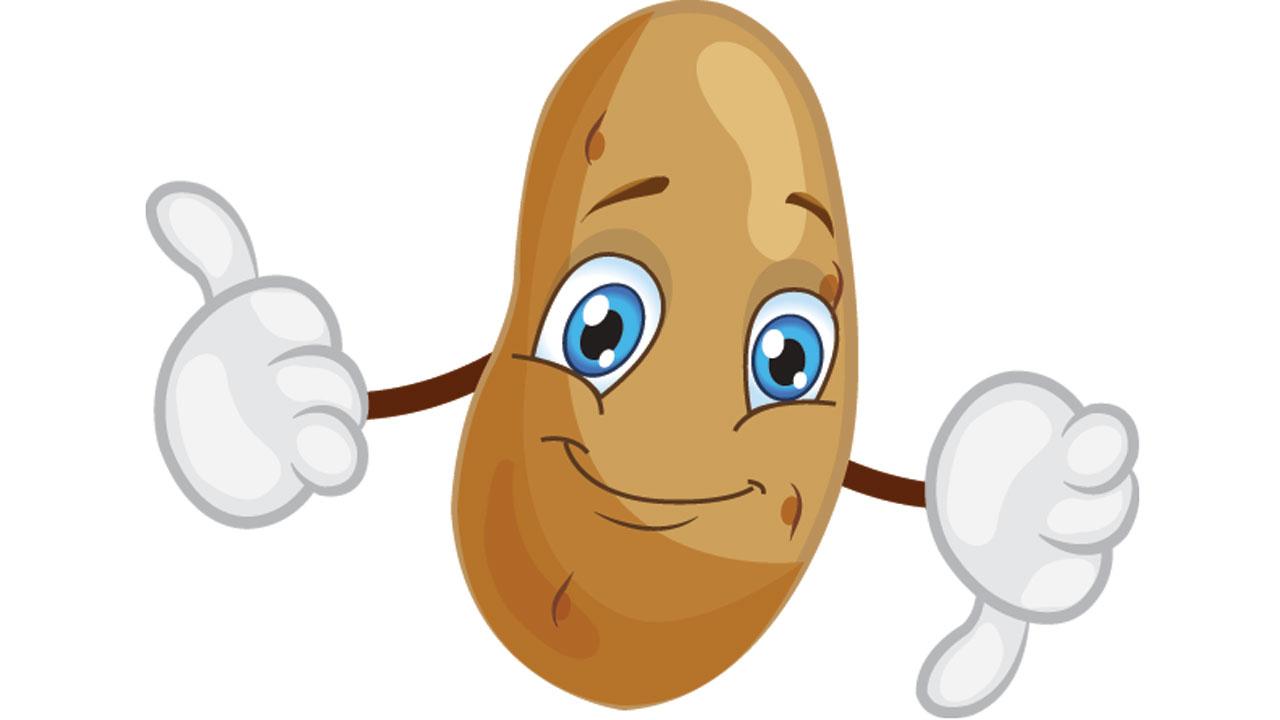Why is potato milk being touted as the new favourite among dairy alternatives? Experts discuss if consuming potato milk is beneficial, and whether it’s a sustainable alternative or a passing fad

Potato milk is trending as a potential dairy alternative on various social media platforms. Representation Pic
The Internet is abuzz with dairy-free alternatives and the expanding array of plant-based milks. The latest addition is potato milk, which has gained attention for its simplicity and easy availability. Social media gurus have been convincing people to try potato milk at homes using boiled potatoes, water, and dates. Do we adopt this new health trend and ingest anything and everything into our bodies without medical advice?
ADVERTISEMENT

Health hype
“Dairy-free alternatives have become extremely popular in recent times due to dietary restrictions, lactose intolerance, veganism, and general health trends. Many of these alternatives, especially those made from nuts and seeds, have less saturated fat than dairy products. They are suitable for people with lactose intolerance or dairy allergies. Additionally, dairy-free options can be more expensive than traditional dairy products. Potato milk is popular in countries like Sweden, the UK and China. It can be prepared at home using potatoes and water. However, its protein content is minimal.
While it may be suitable for individuals with specific dietary needs, it cannot be considered a healthy alternative for everyone,” advises Amita Gadre, nutrition consultant. She elaborates that a well-balanced diet without milk, for an adult, can still provide all the necessary nutrients for optimal health. While it is a good source of nutrients like calcium, vitamin D, and protein, these can be obtained from other foods such as leafy greens, millets, whole grains, nuts, seeds, fish, and legumes.

Karishma Shah. Pic Courtesy/Instagram
Dairy dilemma
“When looking for alternatives, oat milk comes closest to what can be used as a substitute if at all individuals with dietary preferences want to consume. But it doesn’t provide the same amount of calcium or protein, and it can contain more fat. Alternatives are mainly for the look and consistency, additionally, access is an issue. There is very little hard-core scientific data to prove that dairy milk shouldn’t be consumed,” assures Shilpa Joshi, dietician and nutritionist. She adds that since lactose intolerance has variable factors, all dairy-free milk cannot be categorised as a viable alternative.
Fad or future?
“Potato has its benefits, but with the high starch level, I don’t think it should be even considered as an option. For growth, children rely on dairy for essential nutrients like protein, fibre, and iron essential. We don’t necessarily need to drink milk in large quantities as compared to when we were children; some amount is sufficient. According to Ayurveda, vegetables are only supposed to be cooked that too with a level of fat lubrication. There is no need to try or rely on these temporary fads; that is clearly an influence from the Western culture. Remaining connected to our ancient roots will guide us in making informed choices about what we put in our bodies,” explains Karishma Shah, integrative nutritionist and health psychologist.
Whether it’s a fleeting trend or a dietary preference in the making, the choice ultimately lies in understanding its nutritional merits and how it fits into your dietary journey. While potato milk adds variety to the dairy-free landscape, its long-term viability hinges on broader accessibility and nutritional fortification. As trends continue to evolve, all three experts urge consumers to balance experimentation with informed choices.
Try This : Cold potato salad
When the potato is cold, it turns into resistant starch which is great for gut bacteria. Cold potato mixed with your choice of veggies and dressings can make up for a healthy salad, which can be consumed two times a week,” Shah shares a healthy cold potato salad recipe that can be incorporated into your daily meals.

Ingredients
>> 2 to 3 potatoes
>> Choice of greens (lettuce, bell pepper, mushrooms, olives, etc)
>> Choice of dressing (like sour cream or mayonnaise)
>> Vinegar
>> Thyme/ rosemary (pairs well with potatoes)
>> Olive oil
>> Salt and pepper, as per taste
Method
Parboil the potatoes, make sure they are only fork-tender. Drain the water out and peel the skins off. You can leave some on if you like the texture. Chop the potatoes when they are soft and refrigerate it for a couple of hours. While the potatoes cool, chop your preferred vegetables and prepare the dressing. In a large bowl, toss the cooled potatoes with the prepared veggies, vinegar, and olive oil until evenly coated.
Season with salt and pepper, and garnish with thyme or rosemary for added flavour.
 Subscribe today by clicking the link and stay updated with the latest news!" Click here!
Subscribe today by clicking the link and stay updated with the latest news!" Click here!












